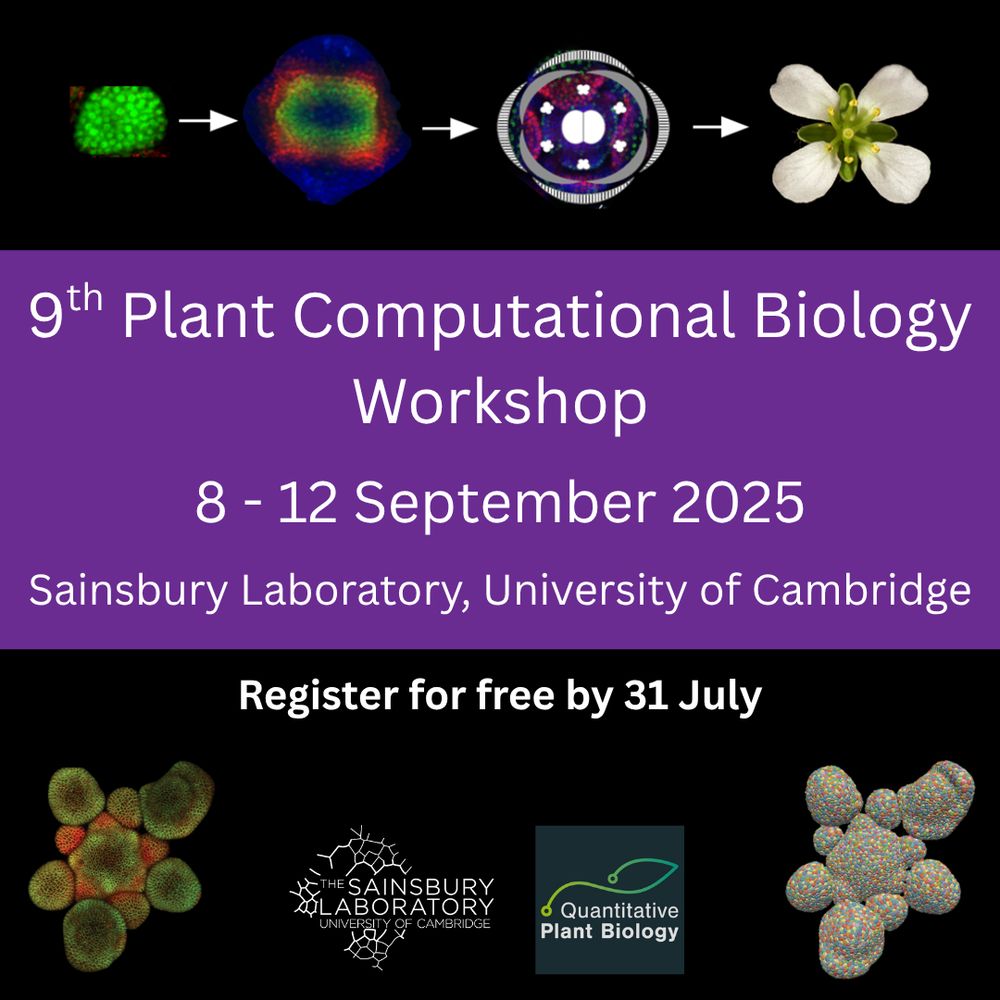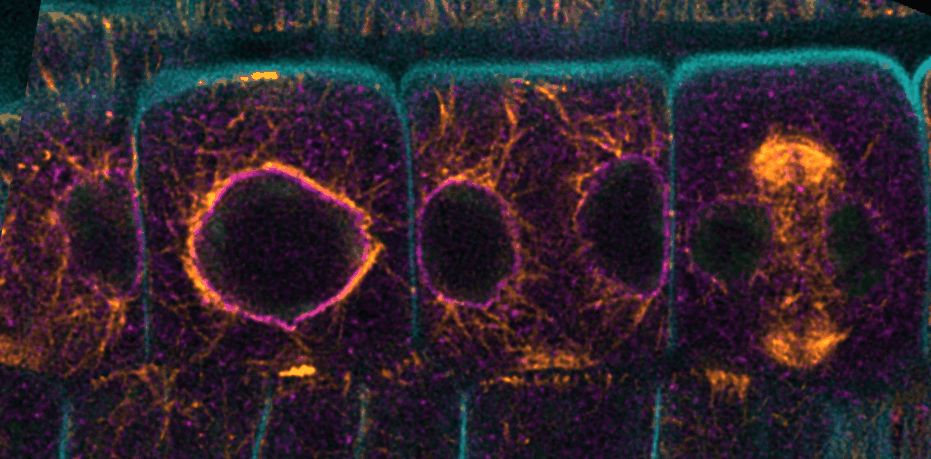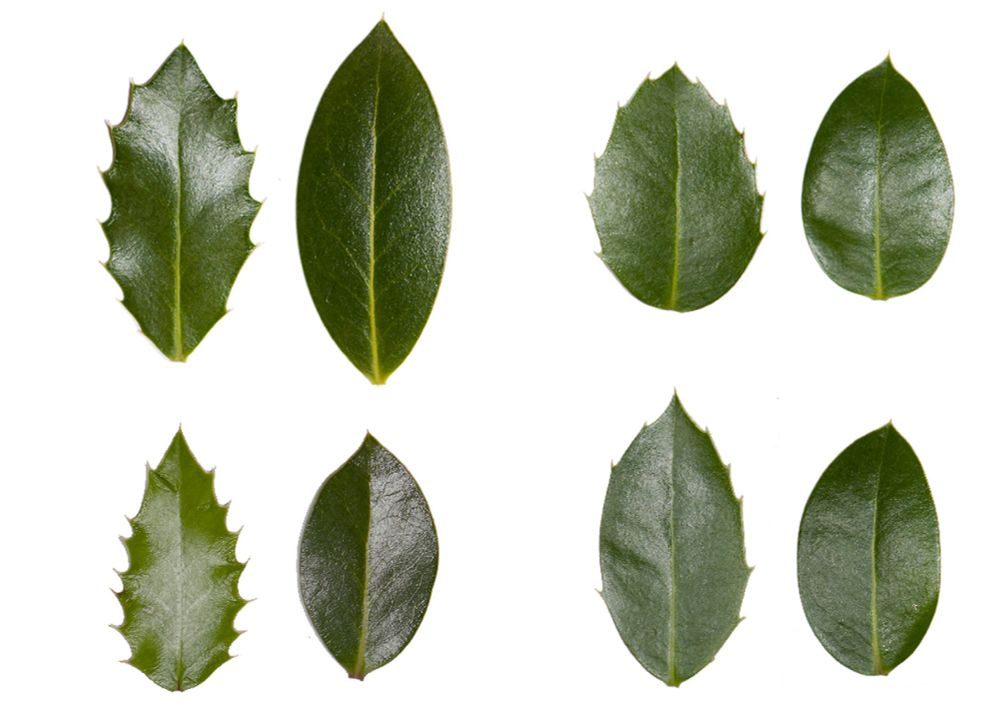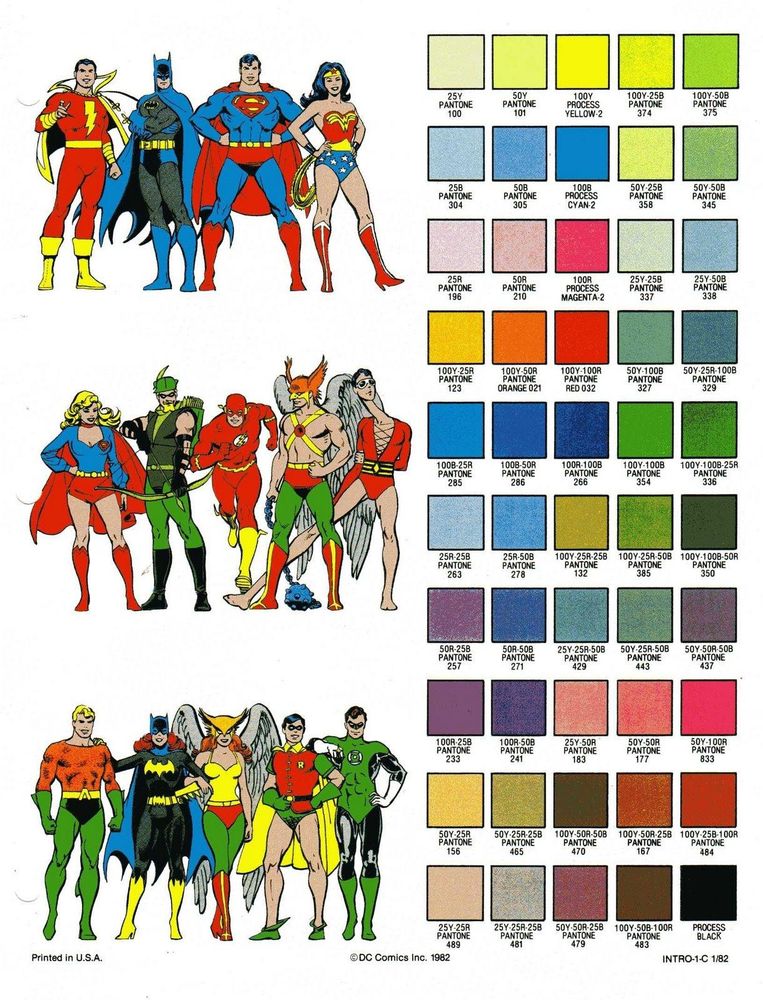
A table showing profit margins of major publishers. A snippet of text related to this table is below.
1. The four-fold drain
1.1 Money
Currently, academic publishing is dominated by profit-oriented, multinational companies for
whom scientific knowledge is a commodity to be sold back to the academic community who
created it. The dominant four are Elsevier, Springer Nature, Wiley and Taylor & Francis,
which collectively generated over US$7.1 billion in revenue from journal publishing in 2024
alone, and over US$12 billion in profits between 2019 and 2024 (Table 1A). Their profit
margins have always been over 30% in the last five years, and for the largest publisher
(Elsevier) always over 37%.
Against many comparators, across many sectors, scientific publishing is one of the most
consistently profitable industries (Table S1). These financial arrangements make a substantial
difference to science budgets. In 2024, 46% of Elsevier revenues and 53% of Taylor &
Francis revenues were generated in North America, meaning that North American
researchers were charged over US$2.27 billion by just two for-profit publishers. The
Canadian research councils and the US National Science Foundation were allocated US$9.3
billion in that year.

A figure detailing the drain on researcher time.
1. The four-fold drain
1.2 Time
The number of papers published each year is growing faster than the scientific workforce,
with the number of papers per researcher almost doubling between 1996 and 2022 (Figure
1A). This reflects the fact that publishers’ commercial desire to publish (sell) more material
has aligned well with the competitive prestige culture in which publications help secure jobs,
grants, promotions, and awards. To the extent that this growth is driven by a pressure for
profit, rather than scholarly imperatives, it distorts the way researchers spend their time.
The publishing system depends on unpaid reviewer labour, estimated to be over 130 million
unpaid hours annually in 2020 alone (9). Researchers have complained about the demands of
peer-review for decades, but the scale of the problem is now worse, with editors reporting
widespread difficulties recruiting reviewers. The growth in publications involves not only the
authors’ time, but that of academic editors and reviewers who are dealing with so many
review demands.
Even more seriously, the imperative to produce ever more articles reshapes the nature of
scientific inquiry. Evidence across multiple fields shows that more papers result in
‘ossification’, not new ideas (10). It may seem paradoxical that more papers can slow
progress until one considers how it affects researchers’ time. While rewards remain tied to
volume, prestige, and impact of publications, researchers will be nudged away from riskier,
local, interdisciplinary, and long-term work. The result is a treadmill of constant activity with
limited progress whereas core scholarly practices – such as reading, reflecting and engaging
with others’ contributions – is de-prioritized. What looks like productivity often masks
intellectual exhaustion built on a demoralizing, narrowing scientific vision.

A table of profit margins across industries. The section of text related to this table is below:
1. The four-fold drain
1.1 Money
Currently, academic publishing is dominated by profit-oriented, multinational companies for
whom scientific knowledge is a commodity to be sold back to the academic community who
created it. The dominant four are Elsevier, Springer Nature, Wiley and Taylor & Francis,
which collectively generated over US$7.1 billion in revenue from journal publishing in 2024
alone, and over US$12 billion in profits between 2019 and 2024 (Table 1A). Their profit
margins have always been over 30% in the last five years, and for the largest publisher
(Elsevier) always over 37%.
Against many comparators, across many sectors, scientific publishing is one of the most
consistently profitable industries (Table S1). These financial arrangements make a substantial
difference to science budgets. In 2024, 46% of Elsevier revenues and 53% of Taylor &
Francis revenues were generated in North America, meaning that North American
researchers were charged over US$2.27 billion by just two for-profit publishers. The
Canadian research councils and the US National Science Foundation were allocated US$9.3
billion in that year.

The costs of inaction are plain: wasted public funds, lost researcher time, compromised
scientific integrity and eroded public trust. Today, the system rewards commercial publishers
first, and science second. Without bold action from the funders we risk continuing to pour
resources into a system that prioritizes profit over the advancement of scientific knowledge.
We wrote the Strain on scientific publishing to highlight the problems of time & trust. With a fantastic group of co-authors, we present The Drain of Scientific Publishing:
a 🧵 1/n
Drain: arxiv.org/abs/2511.04820
Strain: direct.mit.edu/qss/article/...
Oligopoly: direct.mit.edu/qss/article/...
11.11.2025 11:52 — 👍 595 🔁 426 💬 8 📌 60

Venn diagram of major strategies used to cope with heat stress with examples of species expected to specialize in heat tolerance/acclimation (yellow circles), heat avoidance through drought-deciduousness (green circles), and heat avoidance through homeothermic leaf cooling (blue circles).
High #temperature acclimation of #photosystem II in land plants
#TansleyReview by @bposch.bsky.social et al.
nph.onlinelibrary.wiley.com/doi/10.1111/...
@hultinelab.bsky.social #PlantScience #photosynthesis
04.11.2025 05:19 — 👍 29 🔁 11 💬 0 📌 1
I agree 😅 no frogs in the lab yet…
09.10.2025 06:58 — 👍 0 🔁 0 💬 0 📌 0

Startups Are Racing to Make Water Out of Thin Air
Materials that are bigger on the inside than the outside provide a futuristic solution to supply water to an increasingly arid planet.
One of today's winners of the Nobel Prize in Chemistry is UC Berkeley professor Omar Yaghi. Last year I wrote about Yaghi and Atoco, the startup he founded to commercialize his scientific breakthrough with a device that extracts water from air using just sunlight.
www.bloomberg.com/news/article...
08.10.2025 15:23 — 👍 47 🔁 22 💬 0 📌 5
This project was only possible due to funding from @fwf-at.bsky.social. Thank you very much!
08.10.2025 15:34 — 👍 3 🔁 0 💬 0 📌 0
Great work together with Finn Box, Martin Grömmer, Sebastian Antreich, Qun Zhang, Tofayel Ovee, Jean-Francois Louf, Juerg Schoenenberger, David G. Williams, @bokubionami.bsky.social, @mingchaoliu.bsky.social, @hultinelab.bsky.social
08.10.2025 15:32 — 👍 3 🔁 0 💬 0 📌 0
One day in the lab, we accidentally discovered that the spines of a cactus 🌵 straighten when exposed to fog. I was intrigued and so were my collaborators. How does this work and what can be gained from it? Here are some of the answers in our new preprint:
doi.org/10.1101/2025...
08.10.2025 15:25 — 👍 63 🔁 22 💬 4 📌 6
I absolutely love your art 😻
23.09.2025 16:22 — 👍 1 🔁 0 💬 0 📌 0
Halfway to I2K is BACK, friends of all kinds! Last year, 650 people attended 30+ TOTALLY FREE image analysis workshops of all kinds, across many timezones.
If you make image analysis software and want to teach it, workshop submissions are open now! We'd love to have your tool highlighted.
23.09.2025 15:48 — 👍 49 🔁 32 💬 1 📌 2

The use of a highly simplified environment may incur consid- erable collateral damage for all of plant biology; with the current status quo for in- door cultivation, especially of small ephemeral plants such as A. thaliana, similar artificial conditions are replicated

around the world, and there is a substan- tial risk that the phenotypes in this envi- ronment become confused with the base- line of what is ‘‘normal’’ for these plants.
What a statement... (see screenshots)
Great article by @derekseveri.bsky.social et al. on the importance of including "real world" conditions in #PlantScience work, to ensure that one is actually studying plant biology and not just plant behavior in a lab environment.
www.cell.com/cell-host-mi...
22.08.2025 05:29 — 👍 26 🔁 10 💬 2 📌 0

🚨Don’t miss out! Last weeks left to register for the Plant Computational Biology Workshop 2025, sponsored by @cambup-lifesci.cambridge.org 🌱
📆Deadline 31 July - www.slcu.cam.ac.uk/computationa...
#ComputationalBiology #PlantSci
23.07.2025 08:14 — 👍 18 🔁 8 💬 1 📌 0
Chatbots — LLMs — do not know facts and are not designed to be able to accurately answer factual questions. They are designed to find and mimic patterns of words, probabilistically. When they’re “right” it’s because correct things are often written down, so those patterns are frequent. That’s all.
19.06.2025 11:21 — 👍 36983 🔁 11414 💬 638 📌 968
This is a great article by @joachimgoedhart.bsky.social on @dev-journal.bsky.social about color choice in #DataViz, thenode.biologists.com/data-visuali..., also check out his super useful #DataViz tools at huygens.science.uva.nl 🧪🧬💻
20.06.2025 10:33 — 👍 99 🔁 46 💬 4 📌 3

Major US climate website likely to be shut down after almost all staff fired
Exclusive: Climate.gov, which supports public education on climate science, will soon no longer publish new content
Climate.gov, a major US government website supporting public education on climate science, will likely shut down after almost all of its staff were fired. What would be worse is if the website were co-opted to publish climate denial content.
11.06.2025 11:21 — 👍 656 🔁 354 💬 33 📌 43
People who can’t handle criticism are unfit to lead.
Weak leaders fear dissent as a threat to their power. They silence their critics to shield their egos.
Strong leaders welcome dissent as an opportunity for growth. They silence their egos to learn from their critics.
09.03.2025 14:49 — 👍 493 🔁 94 💬 13 📌 12


SPS - Summer School 2025 on Advanced Plant Imaging – API : From super-resolution to fluorescence lifetime imaging microscopy 🔬🌱 in Versailles 👑🇨🇵
For enthusiastic PhD students or young postdoctoral researchers !
Only one week left to apply 👇
eng-saclay-plant-sciences.hub.inrae.fr/teaching-and...
26.02.2025 13:53 — 👍 25 🔁 21 💬 0 📌 2
German anger at its best 😂
12.02.2025 16:18 — 👍 0 🔁 0 💬 1 📌 0
American science and medicine has been thrown into chaos and uncertainty over the past week. Here are some stories to get up to speed. 1/12
28.01.2025 03:58 — 👍 1830 🔁 1143 💬 57 📌 189

Elon Musk takes aim at Wikipedia
The billionaire has become one of the most prominent supporters of President-elect Donald Trump.
If you've never donated to Wikipedia, now's the time. Elon Musk is attacking it because it's one of the only sources of honest, curated information that he can't control.
www.newsweek.com/elon-musk-ta...
25.12.2024 03:54 — 👍 12348 🔁 6421 💬 427 📌 651

Probably a slice through a root to see the various layers.
New collection: "Diffusion barriers in plants" nature.com/collections/...
Biogenesis of diffusion barriers like Casparian strip, suberin lamellae or root exodermis. Primarily focused on root diffusion barriers, but homologous structures were recently discovered in trichomes.
19.12.2024 10:50 — 👍 13 🔁 5 💬 1 📌 1

Effective, efficient, and fair peer reviewing 2023
Effective, efficient, and fair peer reviewing Ben Bond-Lamberty Based on a presentation at the AGU Early Career Scientist Workshop, 2019 1
Scientists are expected to do peer reviewing but no one tells you HOW. After talking with several folks about this today at #AGU24 , it seems a good time to link to this presentation I made several years ago -- feel free to use/share! docs.google.com/presentation...
12.12.2024 22:18 — 👍 148 🔁 55 💬 5 📌 3

A collage of four pairs of holly leaves, each from a single plant. The leaves are dark green and glossy with a prominent midline vein of pale green or yellow. Each pair juxtaposes a leaf that has spines along its edge against a leaf with perfectly smooth edges. Credit: Carlos M. Herrera & Pilar Bazaga 2013 https://academic.oup.com/botlinnean/article-abstract/171/3/441/2416188?redirectedFrom=fulltext
We're used to seeing holly leaves depicted as exclusively spiny, but most wild holly plants have spiny and smooth leaves
Common holly (I. aquifolium) *changes its gene expression* to produce spines in response to damage by herbivores. Each pair here is from the same plant
📷 Herrera & Bazaga 2013
15.12.2024 20:01 — 👍 350 🔁 87 💬 9 📌 12
Join us in the second UK Plant Biomechanic conference at Leeds. Organised together with the Institute of Physics. Registration closes on Jan 12th!
08.12.2024 20:34 — 👍 12 🔁 6 💬 0 📌 1
Very cool, but try to avoid red-green combinations (colour blindness).
06.12.2024 12:07 — 👍 0 🔁 0 💬 0 📌 0

In the past years, I've found using comic-inspired color palettes super helpful when creating figures for my papers. Just came across this one and I’m definitely using it next!
💡Any comic recommendations with cool color palettes?🌈
#AcademicSky @academic-chatter.bsky.social @thephdplace.bsky.social
24.11.2024 19:29 — 👍 39 🔁 6 💬 6 📌 0

Ångström-resolution fluorescence microscopy - Nature
The authors introduce a single-molecule DNA-barcoding method, resolution enhancement by sequential imaging, that improves the resolution of fluorescence microscopy down to the Ångström scale using off...
ÅNGSTRÖM-RESOLUTION FLUORESCENCE MICROSCOPY.
Can we do structural biology with an optical microscope? Yes!
Check out how we resolved *single bases of DNA* and much more using fluorescence microscopy, out on 24.05.2023 in Nature! @natureportfolio.bsky.social
[re-post from Twitter]
27.11.2024 09:47 — 👍 252 🔁 71 💬 9 📌 19
Ecologist & Evolutionary Biologist.
DPhil @ the University of Oxford 👩🏼🎓 🐝
Climate scientist and writer. Theoretical astrophysicist by training. Avowed Earth supremacist. My book HUMAN NATURE is out now https://shorturl.at/aJRYb
Senior Scientist | Vaccine Research & Development | NIH | NIAID | VRC | 🧬🧫🦠🔬💉🥼🥽 | 🏳️🌈 | @coralchimera.bsky.social 💍 | @phoenixnest.bsky.social & @multicolorbark.com & @likeapalette.com 🧵🪡
Press Gazette energy & envt journalist of the year 2022
Press Awards envt journalist of the year 2025 (shortlisted)
Deputy Editor + Senior Policy Editor Carbon Brief
https://bsky.app/profile/carbonbrief.org
carbonbrief.org
simon.evans@carbonbrief.org
Postdoc @ou-eees.bsky.social🦎 DPhil @biology.ox.ac.uk 🪲 Biodiversity, climate, ecology, species distributions, landscape genomics, conservation 🌳
Neolithic archaeologist | outdoor fanatic | family person | I co-direct @korcaneolithicproject and @archaeodaubworlds
NYT columnist. Signal: carlzimmer.51
Newsletter: https://buttondown.com/carlzimmer/
Web: http://carlzimmer.com
[This account includes a tweet archive]
Department of Biochemistry, University of Cambridge
Rubisco, protein engineering and photosynthesis at the Cambridge Biochemistry Department.
pryweslab.org
Drought, global change, and the temporal weirdness of trees.
Assistant Professor at UNLV
Southwest Climate Adaptation Science Center (swcasc.arizona.edu)
Drewpeltier.com
Opinions my own.
he/him/his
Planetary epidemiologist at Yale. Thinking about thinking about thinking about writing a book about viruses. Look, I made a hat: carlsonlab.bio • viralemergence.org • gbcc.study
Professor passionate about student success & team science #firstgen #Brassica enthusiast walking Dogs of the Plant World
#Agriculture #Food #HigherEd #EduSky #Agsky #SciComm & more
#Soil #Crop #Science ; opinions mine
Evolutionary biologist, runner, writer, gay. Not necessarily in that order. LAX and SEA
Signal @jbyoder.82
Also ecoevo.social/@jby, jbyoder.org
#BulbousLab - 🏳️🌈 - he/him - #geophytes
Environmental journalist covering climate and ocean issues at Bloomberg News in San Francisco. Formerly at Participant Media, Fortune, Forbes, San Jose Mercury News, Sacramento Bee and other publications. www.toddwoody.com twoody4@bloomberg.net
Cosmologist, pilot, author, connoisseur of cosmic catastrophes. TEDFellow, CIFAR Azrieli Global Scholar. Domain verified through my personal astrokatie.com website. She/her. Dr.
Personal account; not speaking for employer or anyone else.
UKRI-Future Leaders Fellow/Group Leader, University of Essex, UK
https://www.thepallavisinghlab.com/
(She/her) 🇮🇳in🇬🇧
#Photosynthesis
#rice #grafting #WaterUseEfficiency #PlantSciences
NIPGR, India - Cornell, USA - Cambridge, UK - Essex, UK
Cells, microscopy, colorful LUTs and ImageJ
https://github.com/kwolbachia
For work I study Wolbachia symbiosis in Montpellier






















